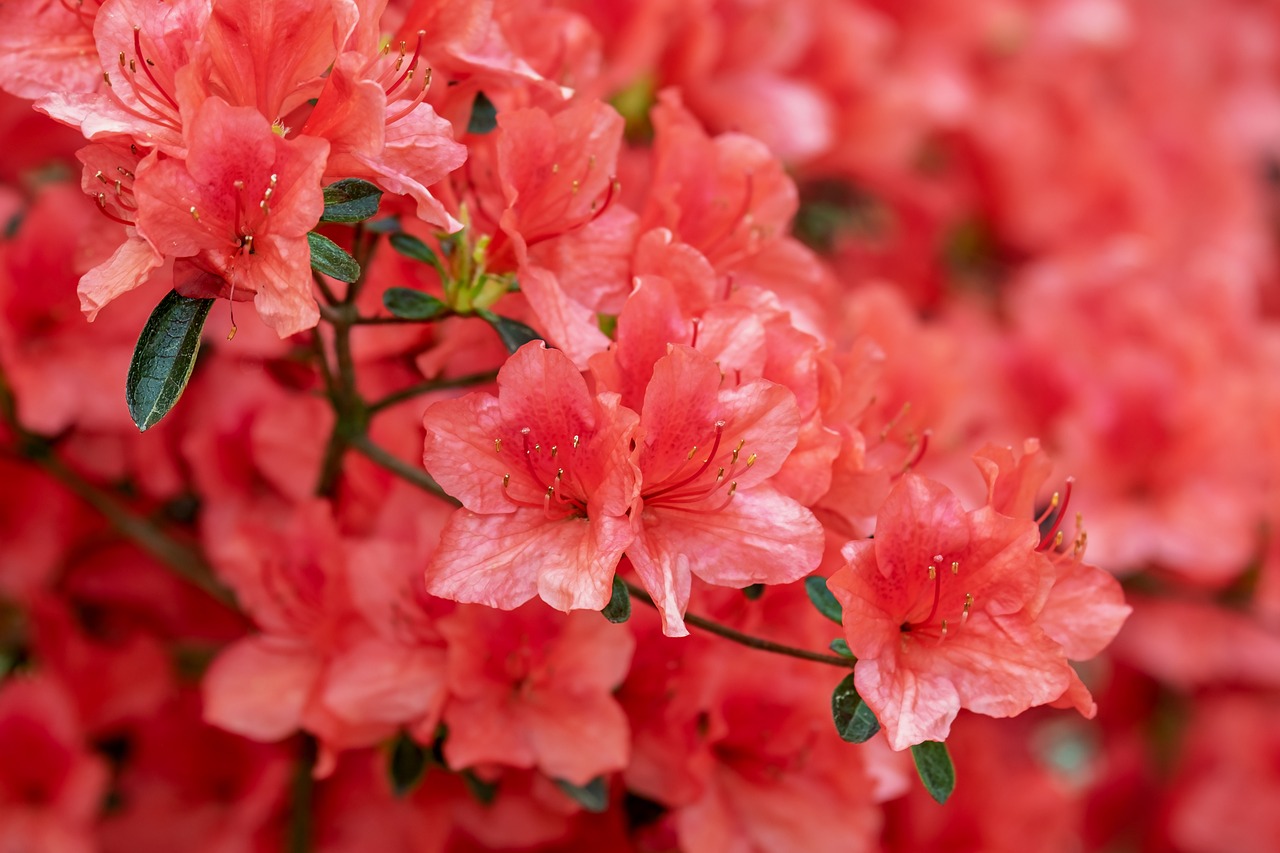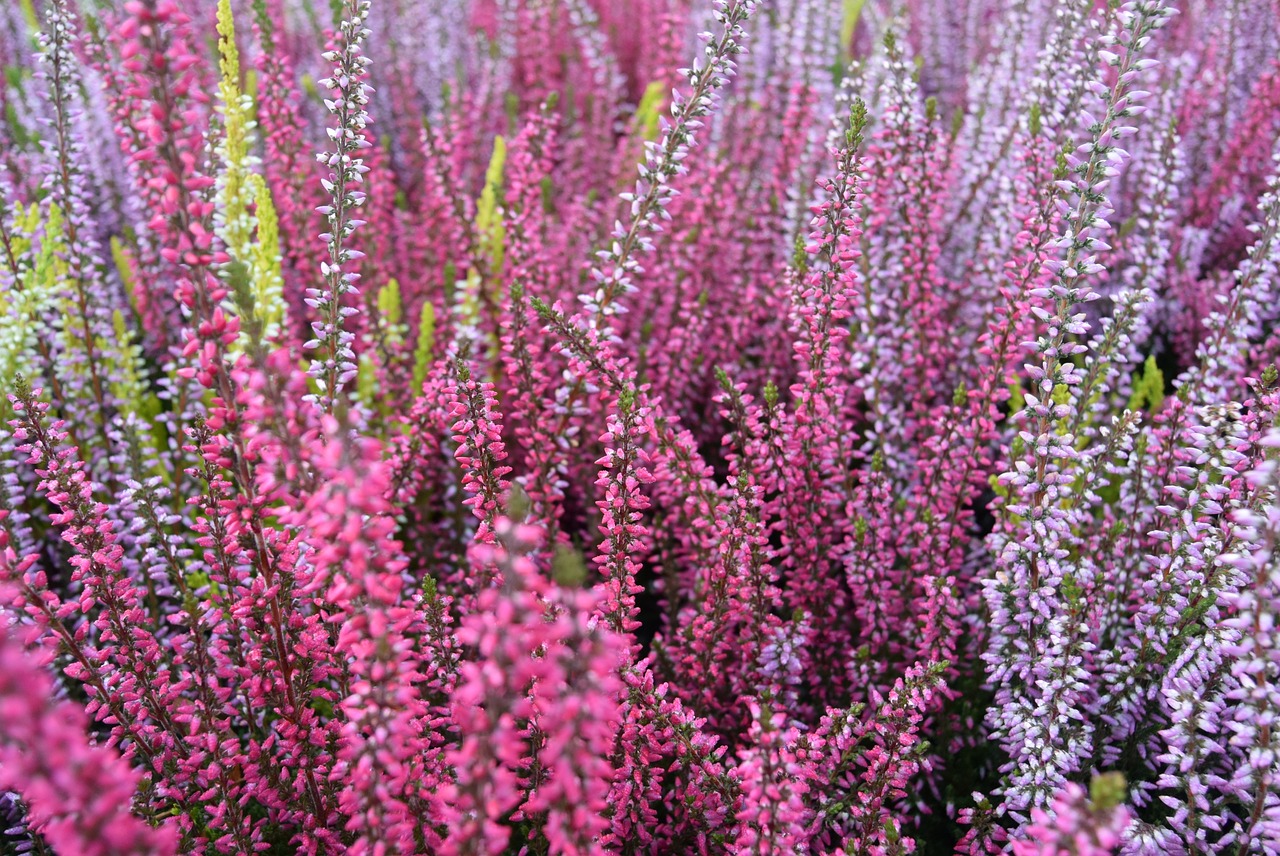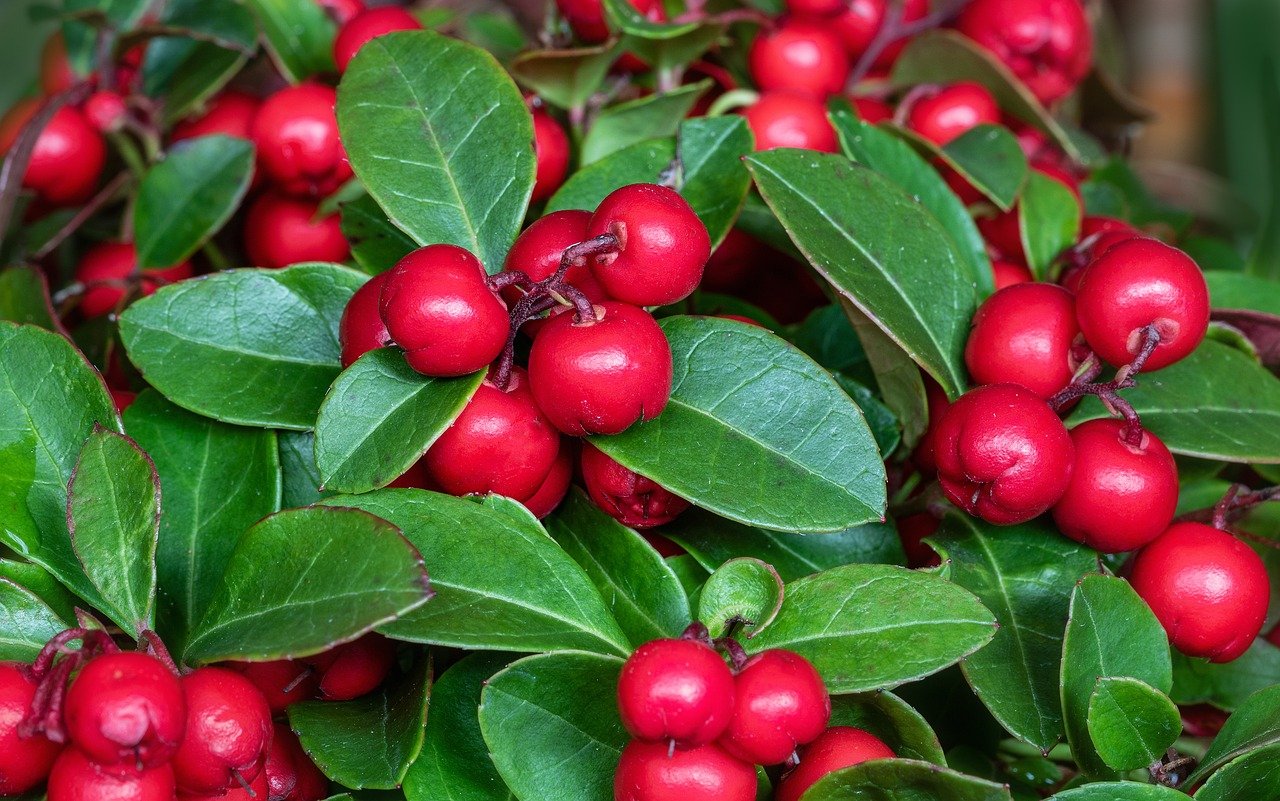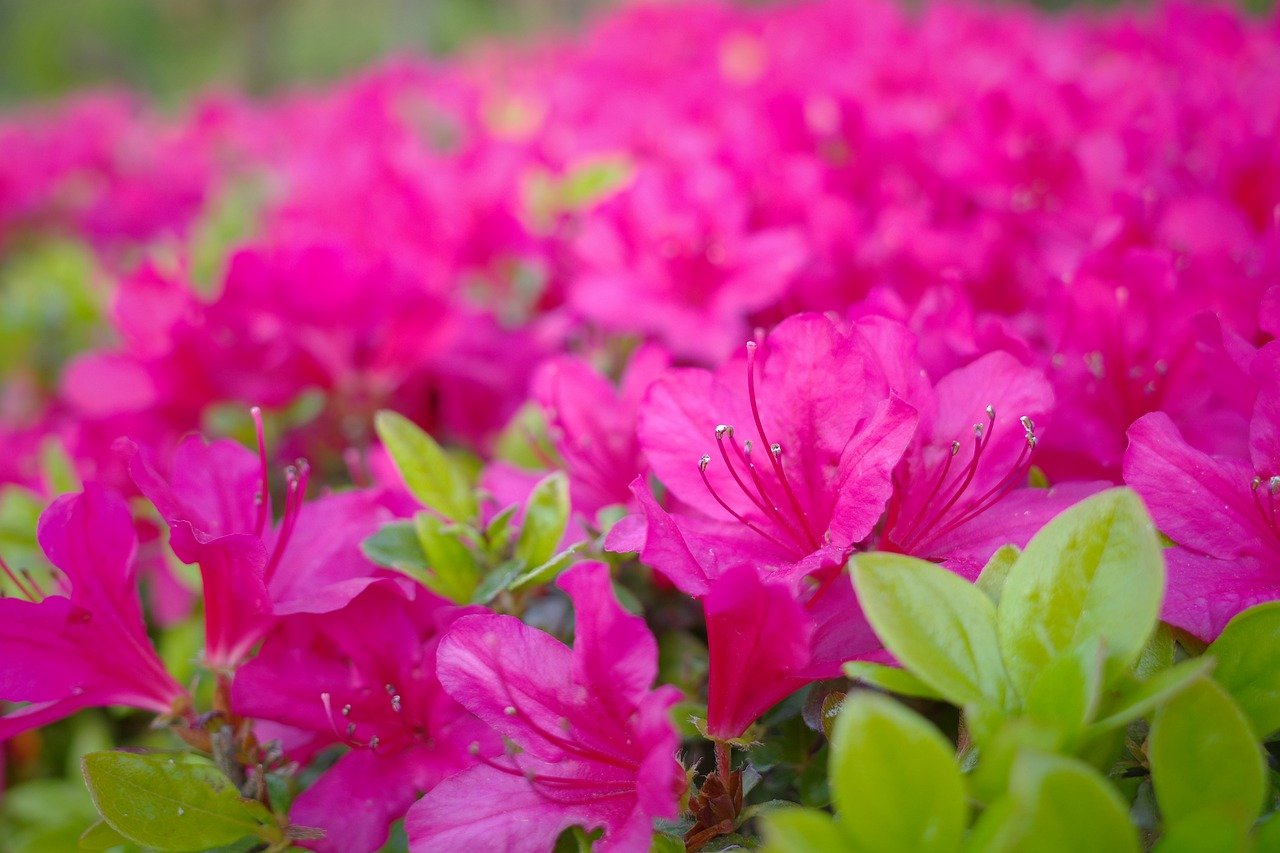Erica | A Small Flower Connecting the Mediterranean and Africa
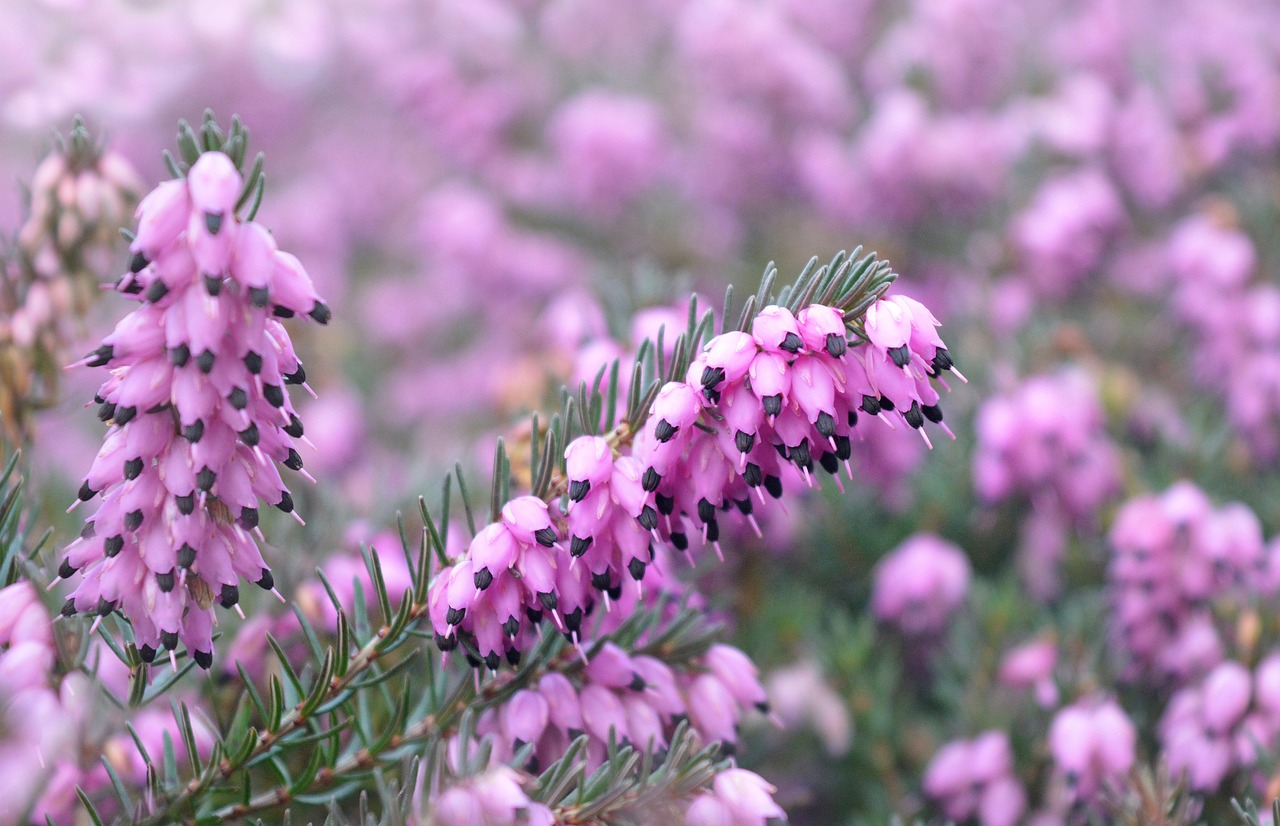
Erica is a shrub characterized by its small bell-shaped flowers and slender leaves, adorning gardens and pots with its delicate appearance. Because of its hardiness and its ability to create beautiful landscapes throughout the year, it has long been cherished by gardeners.
In this article, I will explain in detail the basic information about Erica, its cultural and historical background, and tips for successful cultivation.
Basic Information
- Scientific name: Erica
- Family: Ericaceae
- Origin: South Africa, Europe
- Appearance: Erica is an evergreen shrub that grows to a height of about 10–50 cm. Its flowers are bell-shaped and come in a variety of colors including pink, white, purple, and red. The leaves are slender and needle-like, growing densely together.
- Flowering season: Depending on the variety, most bloom from autumn to winter, making Erica a popular choice for brightening gardens in the colder seasons. Some varieties also flower in spring and summer.
Cultural Significance Around the World
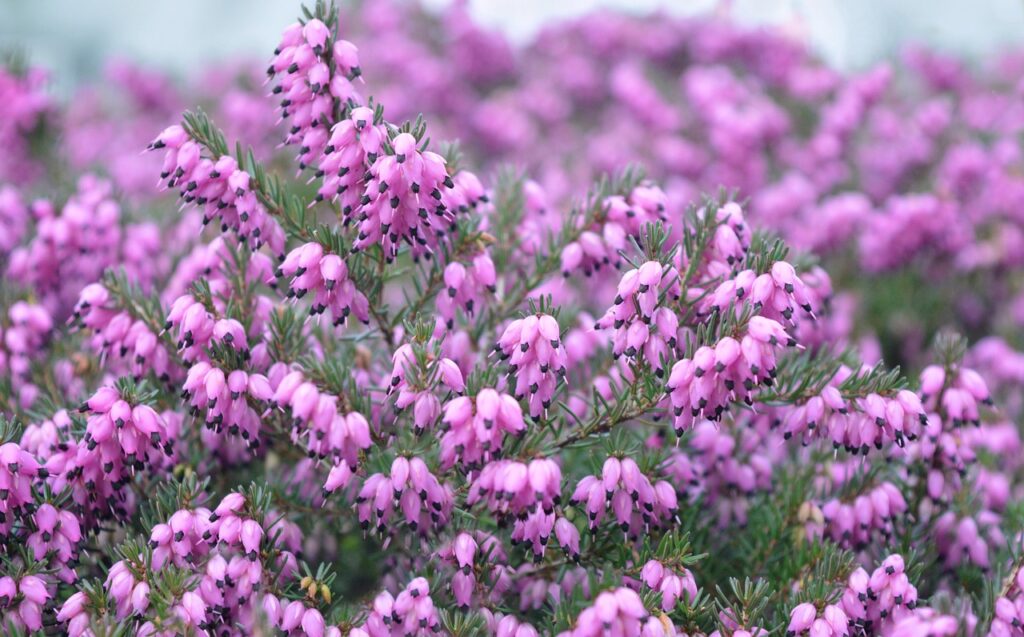
Thanks to its beauty and resilience, Erica has been loved in many cultures, especially across Europe.
In the United Kingdom, Erica growing in heathlands has been portrayed as a symbol of the landscape, appearing frequently in poetry and novels.
In Scotland, it is known as the “heath flower,” symbolizing strength and hope, as it blooms even in harsh environments.
In South Africa, where many wild species grow naturally, Erica plays an important role in biodiversity and is protected as a valuable native plant. Locally, it is often incorporated into traditional gardens and parks.
Historical Background
Erica has been cultivated as an ornamental plant since ancient Greece and Rome. The name comes from the Greek word ereiko (“to break”), referring to its fragile stems that break easily.
In the 18th century, botanists across Europe collected and developed many varieties.
During the Victorian era in England, Erica was highly valued in greenhouses and gardens as a flower that blooms even in winter.
The introduction of South African species to Europe further increased its popularity.
Gardening Advice
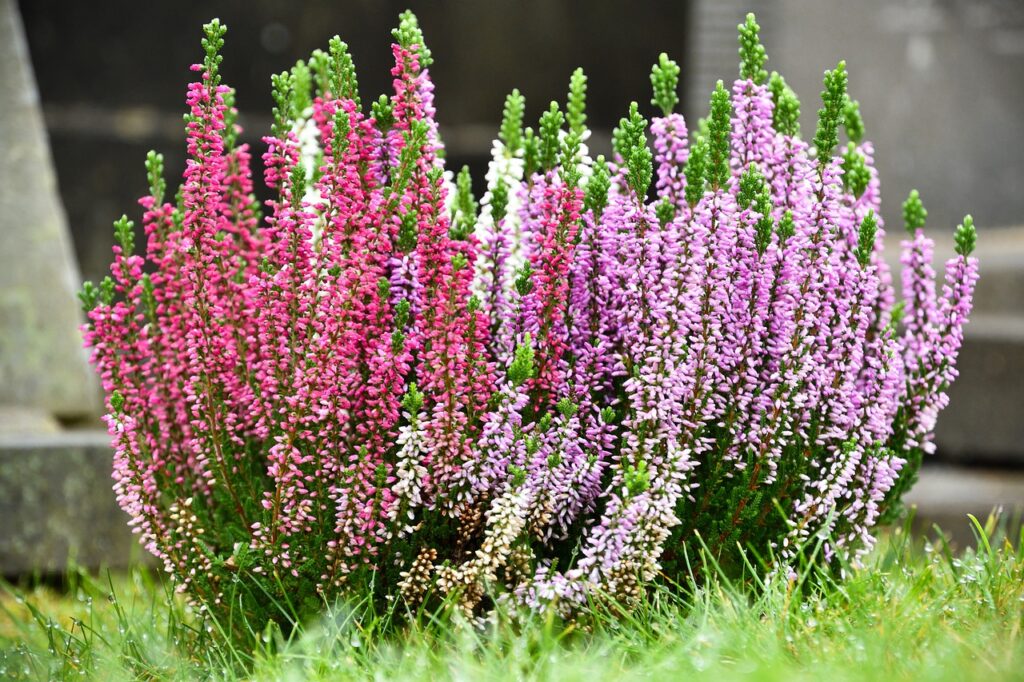
Erica adapts well to various environments, but with proper care, it can bloom even more beautifully. Below are some key tips for cultivation:
Sunlight
Prefers sunny, well-ventilated locations. It can also grow in partial shade, but blooms better with sufficient sunlight.
Watering
Likes moderate moisture but dislikes excessive wetness. Water when the soil surface dries. Be especially careful of summer droughts.
Soil
Thrives in acidic, well-drained soil. Soil mixed with peat moss or leaf mold is ideal.
Fertilizer
Apply fertilizer for acidic soil in spring and autumn, but sparingly to avoid root damage.
Pruning
Lightly prune after flowering to maintain shape and encourage new growth. Remove overgrown or old branches.
Conclusion
Erica is an evergreen shrub that colors the garden from autumn to winter. Its bell-shaped flowers and needle-like leaves are distinctive, and in Scotland, it is cherished as a symbol of strength.
With sunlight and acidic soil, it is easy to grow. I encourage you to try cultivating it in your garden or in pots.


